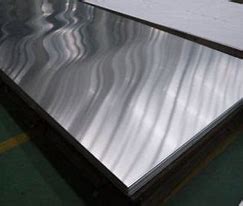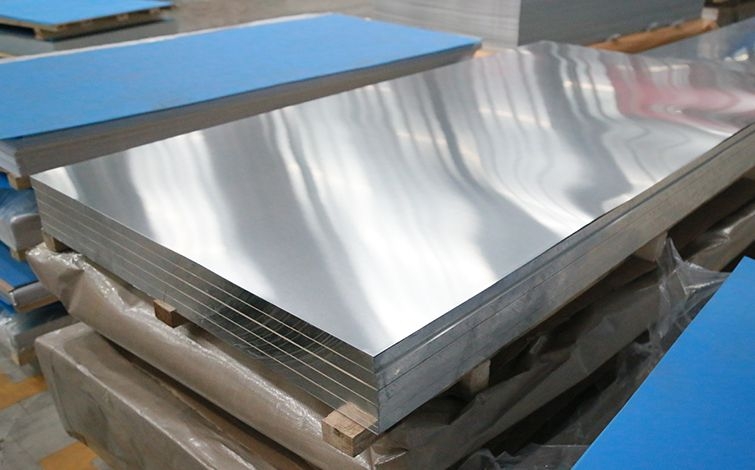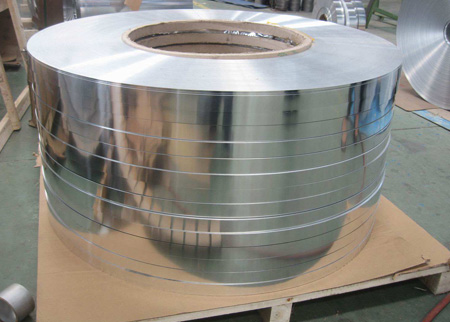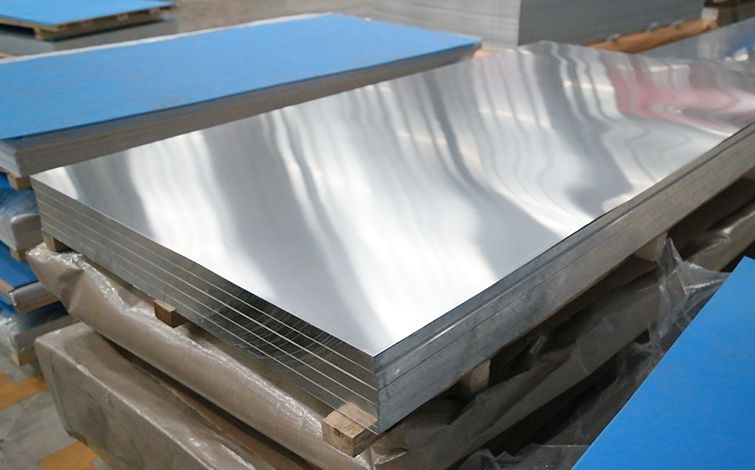



Cast aluminium alloys and die castings generally contain a high silicon content, the anodic oxide film is dark, it is not possible to obtain a colourless and transparent oxide film. Therefore, cast aluminium alloys are not suitable for anodising. The commonly used die-casting aluminium alloys can be divided into three main categories; one is aluminium-silicon alloy, mainly containing YL102 (ADC1, A413.0, etc.), YL104 (ADC3, A360); the second is aluminium-silicon copper alloy, mainly containing YL112 (A380, ADC10), YL113 (A383, ADC12), YL117 (B390, ADC14); third is the aluminium-magnesium alloy, mainly containing 302 (5180, ADC5, ADC6).
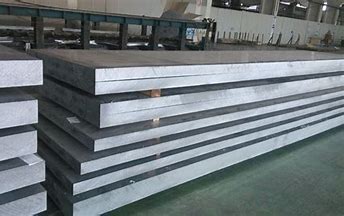
For aluminium-silicon alloy, aluminium-silicon copper alloy, as the name suggests, its composition in addition to aluminium, silicon and copper is the main composition; usually, the silicon content between 6-12%, mainly to improve the liquidity of the alloy; copper content is only the second, mainly to enhance the strength and tensile force; iron content is usually between 0.7-1.2%, within this proportion, the workpiece release effect is the best; through its The composition shows that it is impossible to oxidise these alloys, and even if desilicon oxidation is used, it is difficult to achieve the desired effect. For aluminium-silicon alloys or aluminium alloys with a high copper content, the oxide film is more difficult to produce, and the film produced is dark, grey and has a bad gloss.
For the aluminium-magnesium alloy oxide film is easy to generate, the quality of the film is also better, it is possible to oxidise the colour, which is an important feature that distinguishes it from other alloys; but in comparison, there are also some disadvantages. We next look at the disadvantages of aluminum and magnesium alloy together!
(1) anodic oxide film with duality, and larger pores, uneven distribution, it is difficult to achieve the best anti-corrosion effect.
(2) magnesium has the tendency to produce hardening and brittleness, reduce elongation, increase thermal cracking, such as ADC5, ADC6, etc., in production, because of its wide range of solidification, shrinkage tendency, often produce shrinkage and cracking, casting performance is extremely poor, therefore, in its use range has greater limitations, the structure of a slightly complex workpiece, simply should not be produced;.
(3) the market commonly used aluminum and magnesium alloy, because of its complex composition, aluminum purity is too low, sulfuric acid anodic oxidation, it is difficult to produce transparent protective film, more milky white, coloring state is also poor, according to the normal process is difficult to achieve the desired effect.
* Thank you for your inquiry. Please provide your business needs information so that we can better serve you.
This information can help us assign the most suitable person to solve your problem. We will give you feedback within 1-2 working days.
Related Blog
